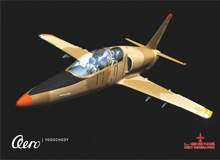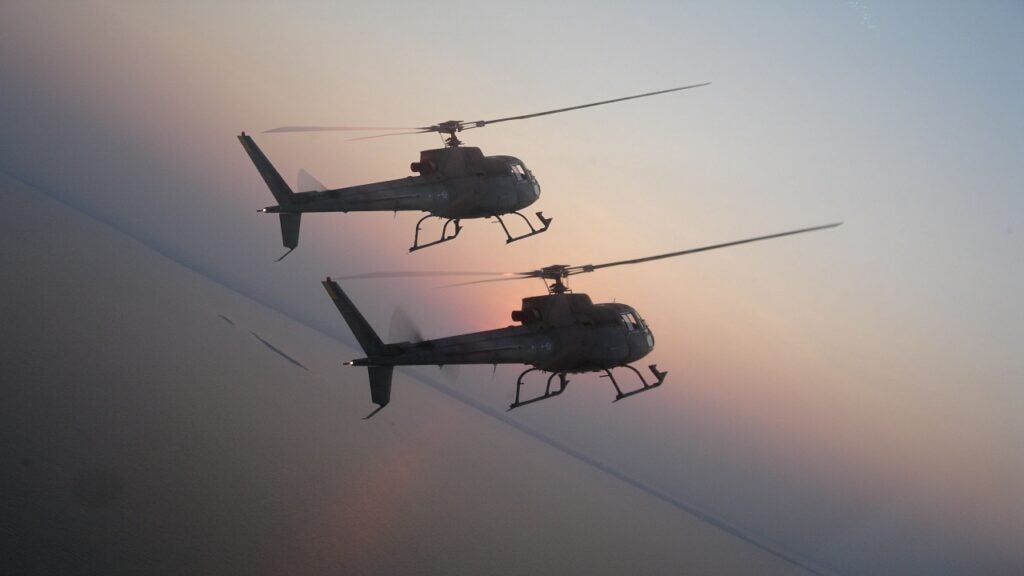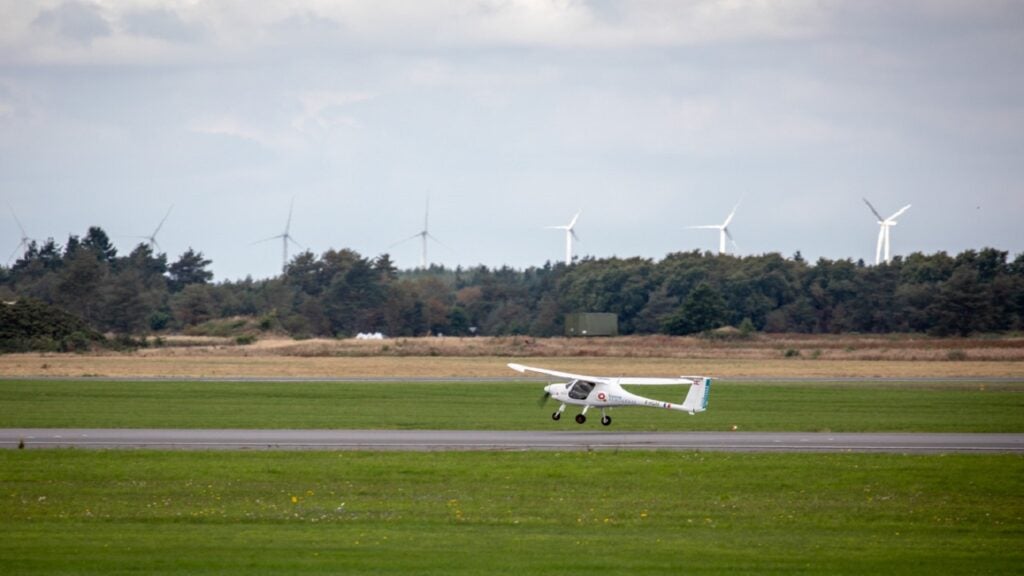
L-39NG (next generation) is the latest multi-role, advanced jet trainer aircraft designed by Aero Vodochody Aerospace. It is intended to provide enhanced military flight training capabilities required for fourth and fifth generation fighters.
The aircraft offers superior manoeuvrability and extended range. It will serve as a primary and advanced jet trainer, as well as a full weapon training / attack aircraft for nations with a limited airforce. It can also be used to conduct light combat and reconnaissance missions under all climatic conditions.
The new-generation aircraft was introduced at the Farnborough International Airshow in July 2014. The first L-39NG prototype made its first flight in September 2015 and took part in the NATO Days exhibition held in September 2016.
The first pre-serial aircraft was launched in October 2018, while its first flight was performed in December 2018. The aircraft is expected to be awarded type certification in 2019, with the first deliveries scheduled to commence in the first quarter of 2020.
The aircraft is intended to replace the ageing fleet of L-39 Albatros jet trainer / ground attack aircraft, as well as other existing jet trainers.
OMNIPOL signed an agreement with AERO Vodochody to serve as a strategic sales partner for the L-39NG aircraft in February 2016.
Orders and deliveries
SkyTech entered a strategic cooperation with AERO Vodochody in July 2018 for ten L-39NG jet training aircraft with option for an additional six L-39NG aircraft to provide training for airforce personnel.
RSW Aviation signed a letter of intent with AERO Vodochody to purchase 12 L-39NG aircraft in July 2018 for military forces training. The deal also covers the upgrade of six L-39 aircraft to the L-39CW version.
Design and features of L-39NG aircraft
The L-39NG multi-role aircraft is an extensive modernisation of the L-39 Albatros jet trainer / ground attack aircraft. It features a lighter and stronger airframe incorporating improved aerodynamics, and selected L-39/159 spares and off-the-shelf components. The redesigned airframe offers a fatigue life of up to 15,000 flight hours.
The L-39 Albatros is a two seat, single engine aircraft designed and manufactured by Aero Vodochody for the Czechoslovakian Air Force.
The rugged design incorporates redesigned wet wings with integral fuel tanks and power-assisted ailerons. The fuel tanks are installed with a single-point pressure refuelling system. The L-39NG is also equipped with nose wheel steering, debriefing system, wide track undercarriage, low-pressure tyres, an in-built health and usage monitoring system, and a variety of optional equipment.
The aircraft measures 12.03m in overall length and has a wing span of 9.56m. It has an empty weight of 3,100kg, maximum take-off weight of 6,300kg and landing weight of 5,800kg. It is capable of carrying maximum external payloads of up to 1,200kg. The internal and external fuel capacities are 1,450kg and 570kg respectively.
The L-39NG requires low maintenance and operation costs, and offers improved corrosion resistance, high reliability and extended endurance.
L-39NG cockpit and avionics
The configurable tandem glass cockpit of the L-39NG trainer aircraft accommodates a crew of two on zero-zero ejection seats and provides increased training effectiveness and bird strike protection. The single-piece canopy offers improved all-round visibility for the crew.
The crew station lighting is compatible with night-vision goggles (NVGs) to provide an enhanced field of view during low-light flight operations.
The modular cockpit incorporates fully integrated and open-architecture digital avionics suite, embedded virtual training systems, and communication systems to provide trainee pilots with real-time experience.
L-39NG weapon systems
The armed version of the L-39NG multi-role aircraft can be equipped with four blocks of unguided rockets and bombs up to 370kg under the wings. It can also be installed with one under-fuselage weapon pylon to carry a range of armament. It can be fitted with optional gun pods and reconnaissance pods.
Propulsion and performance
The L-39NG jet trainer aircraft is powered by a Williams International FJ44-4M light and fuel efficient turbofan engine, which develops a maximum thrust of 16.87kN and generates low noise signature. The engine features an electrical starting system and dual FADEC systems. The air inlets are placed over the wing to prevent damages to the engine due to foreign objects.
The engine provides a maximum speed of 775km/h and internal fuel capacity of 1,450kg. It ensures a ferry range of 2,590km. The aircraft can climb at a rate of 23m/s and has a maximum service ceiling of 38,000ft.
The Global Military Aircraft Market 2011-2021
This project forms part of our recent analysis and forecasts of the global Military Aircraft market available from our business information platform Strategic Defence Intelligence. For more information click here or contact us: EMEA: +44 20 7936 6783; Americas: +1 415 439 4914; Asia Pacific: +61 2 9947 9709 or via email.



